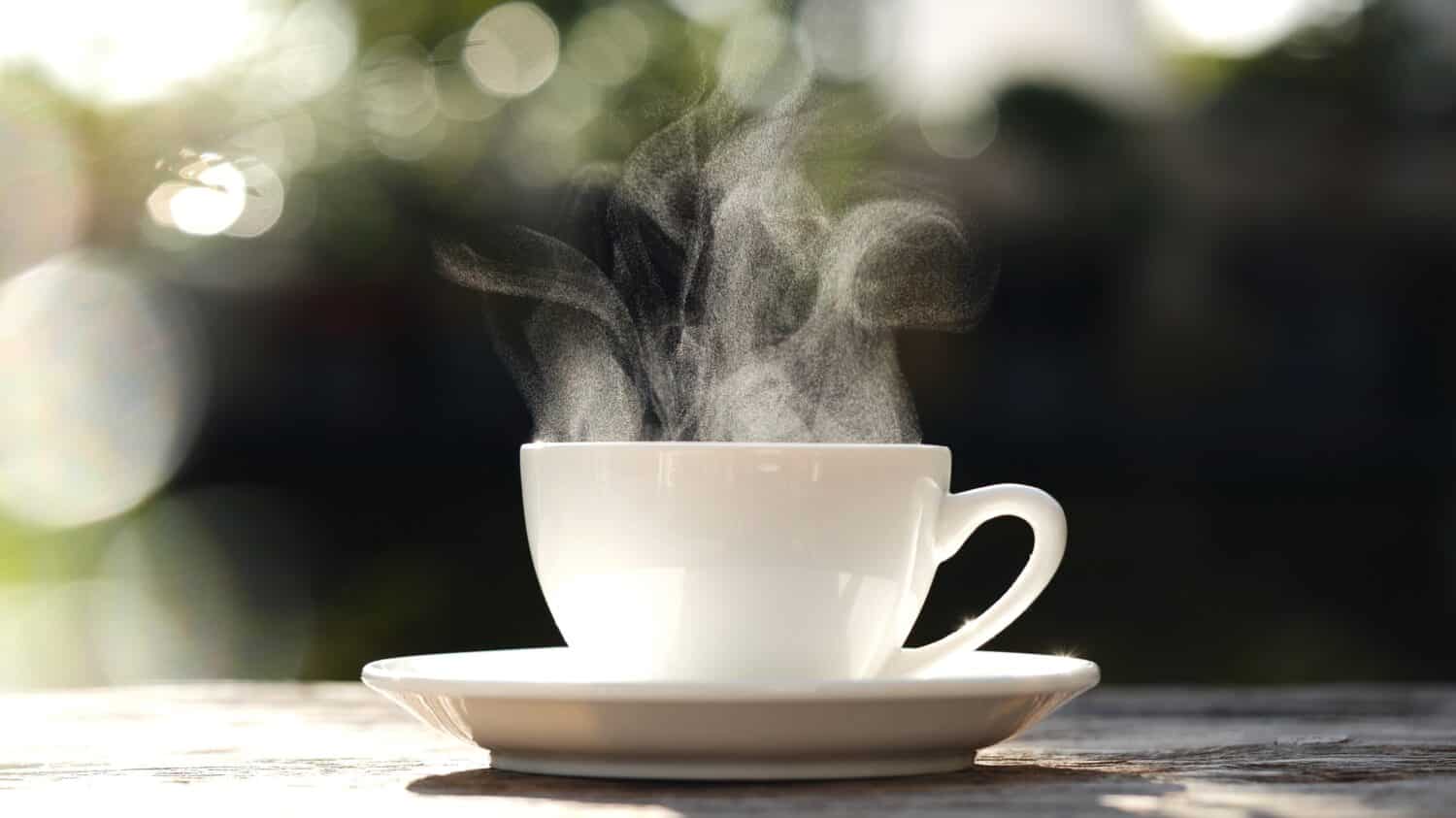Have you ever wondered which is the better choice of caffeine source between green tea vs. coffee? The two differ on a number of fronts. Not only do they come from completely different plants, but they are prepared in completely different ways. These factors, in turn, affect their taste, and their caffeine content. Coffee typically has more caffeine than green tea, and this has to do with the brewing process. As you can see, each caffeine source is rather unique in its own right. Therefore it’s good to know the differences before you take your pick.
Read on to learn more about the history and origin of green tea vs. coffee plants. We’ll talk about the different types and the ways in which they are processed. Get the rundown of their nutritional comparison points and ideas on how to make them at home. Whether you’re looking for more caffeine or less, or have a particular taste preference, we’ll help you whittle down which drink to pick. Make the right choice for your early morning reset. Let's get into the nitty-gritty of these two types of caffeine.
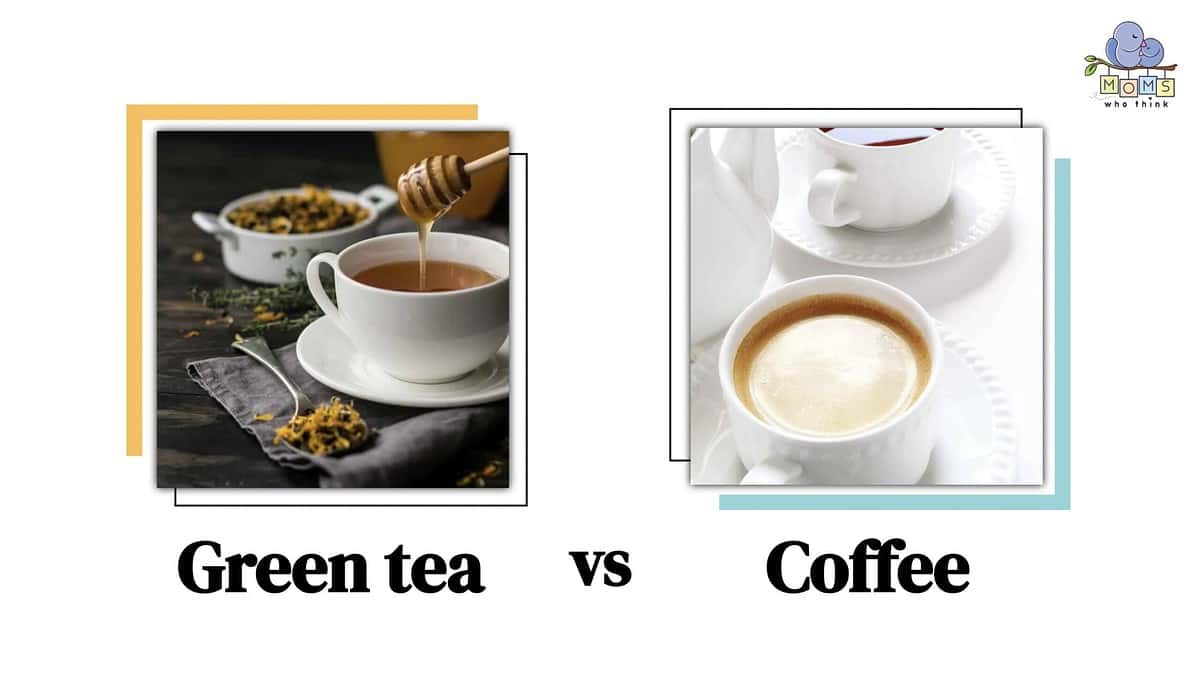
Green Tea vs. Coffee: What Is The Difference?
The differences between green tea vs. coffee come down to 2 major things. These are the plants that each comes from, the way they are processed, their taste, and their caffeine content. To go further even we can examine their color differences. And how about the fact that coffee is translated into a number of sugary drinks? Meanwhile, green tea stays pretty traditional in terms of taste and steps for steeping. We'll get a little more into the history and evolution of these caffeinated drinks.
What Is Green Tea?
Green tea is a caffeinated beverage that results from steeping Camellia sinensis leaves in hot water. It is quite well known for being extremely good for you. Green tea can help improve cognitive function, boost antioxidant levels, streamline weight loss, and induce a sense of calm. As with any caffeinated drink, having too much of a good thing can adversely affect your health. So drink green tea in moderation. Pick your green tea type, add hot water, and allow it to steep for a minimum of 3 minutes. The resulting caffeine content per an 8oz cup is around 15-48mg per serving.
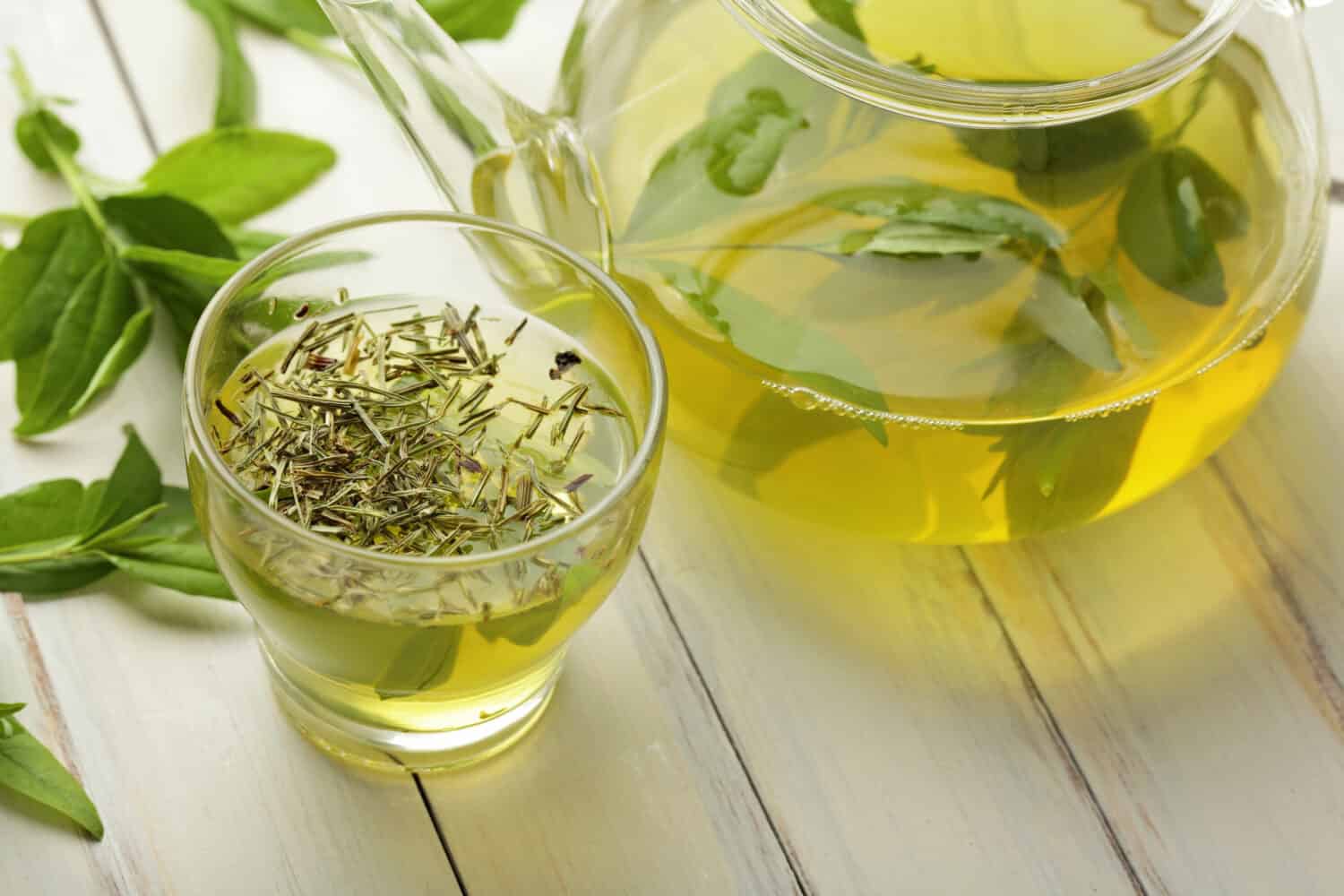
©KMNPhoto/Shutterstock.com
History And Origin Of Green Tea
The process of steeping tea leaves has been around for thousands of years. There are links as far back as the Han Dynasty (206 AD). One of the first written mentions of the immunity concoction crops up in China during 600 AD. The book in question, Cha Jing, translates to “The Classic of Tea,” by Lu Yu. This historical document describes the process of making a great cup of green tea. Over the years, tea leaves were allowed to grow in different climates, mature, and oxidize. Around the 1600s, these changes resulted in new kinds of caffeinated tea. These include black tea, and the semi-fermented version of green tea, oolong (via Revolution Tea).
In the 19th century with trade routes and globalization, green tea and black tea variations made their way into Europe and across the seas. The longer the transport, the more “fermented” the tea leaves. So, as travel speeds evolved, so did the access to fresher green tea leaves.
How Is Green Tea Grown
In terms of growing and harvesting green tea, the leaves come from the camellia sinensis plant. The plants can grow in the sun and in the shade. And the leaves are harvested three times over a period of a year. When harvesting time comes around, the leaves can be picked, dried, and cooked. This process stops the leaves from oxidizing, keeping the quality and the taste of the green tea. This is why green tea is so chock full of antioxidants. Chinese green tea varieties can include pan or wok roasting the leaves before drying them. Japanese tea varieties go through a deep steaming (via Art of Tea). Green tea is grown in South and East Asia including Japan, Taiwan, China, India, Sri Lanka, and Bangladesh. It's also harvested in parts of New Zealand, and parts of the U.S. including Hawaii and even South Carolina.
Popular Variations Of Green Tea
We've mentioned the Chinese and Japanese varieties of green tea. These include Longjing/Dragonwell tea which is panfried before being dried. Gunpowder green tea is named for its spherical shape, which is shaped by hand during processing. And there's Yun Wu (Cloud Mist) tea which comes from high-altitude green tea plants, giving it a sweet, light flavor. Japanese green tea varieties include Gyokuro (Jade Dew) tea, which is harvested from shade-grown green tea leaves, which are harvested after 20 days and steamed which results in a grassy, bright green product.
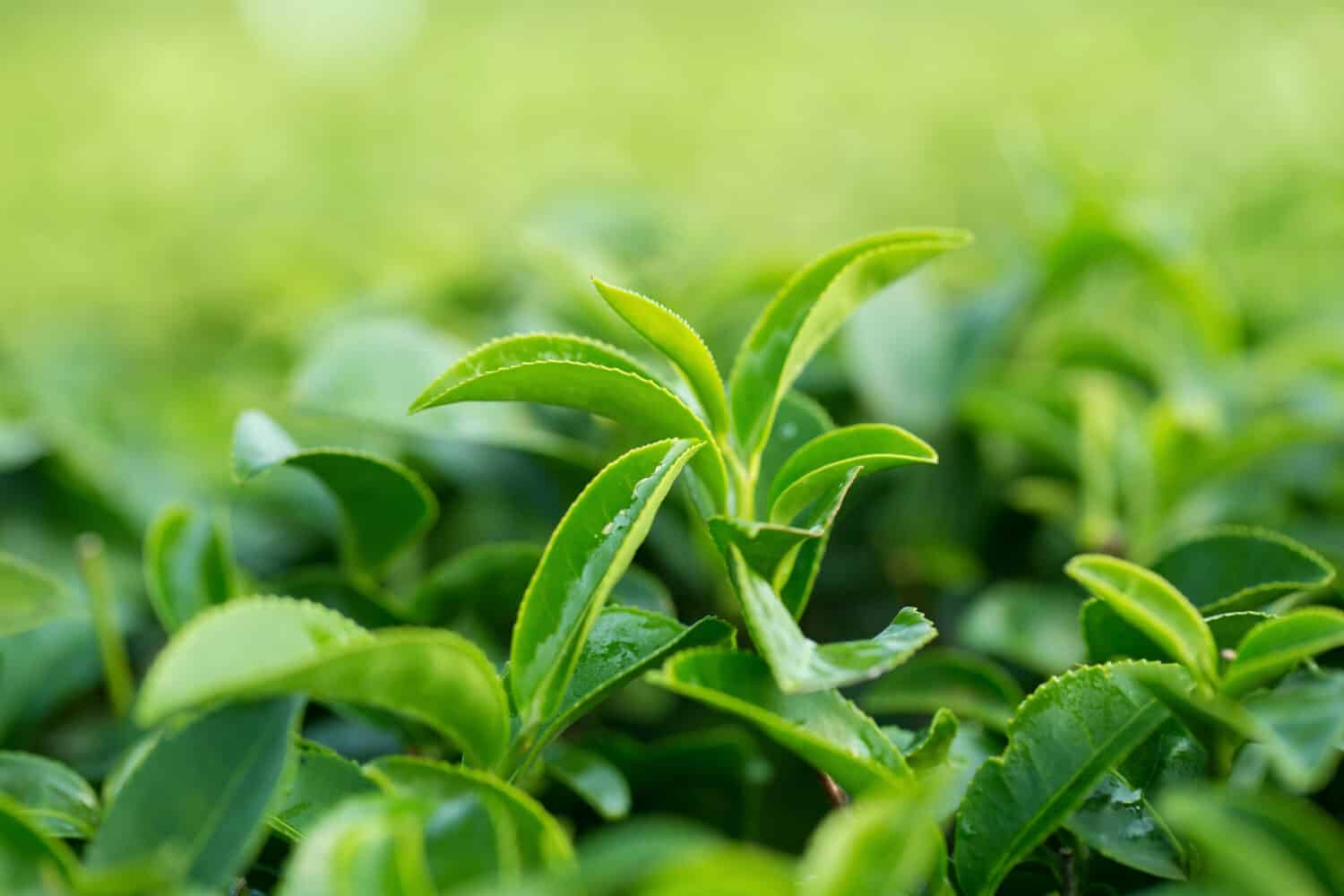
©Kaiskynet Studio/Shutterstock.com
Other popular types of green tea include Sencha which are the leaves grown in direct sunlight, and Kukicha (twig) tea. Kukicha tea is made from the twigs, stems, and stalks from the tea leaves harvest. This type is roasted and oxidized for a nuttier, bold green tea flavor. There's matcha, a ground version of Tencha leaves, another shade-grown type of green tea leaf that is rolled out and dried inside to retain the nutrients away from sunlight. And there's Genmaicha (popcorn) tea which combines green tea with roasted brown rice. This variety was developed as a result of tea rationing during the wars. And finally, Hojicha tea, where the tea leaves are roasted over charcoal, and toasted to perfection.
What Is Coffee?
Coffee is another caffeinated drink that is the result of brewing coffee beans. The beans are actually the seeds of cherries that come from the coffee tree. Coffee trees thrive in regions known as the Coffee Belt, which have rich soil, temperate weather, lots of rain, and just enough sun. The coffee belt includes some 50 countries like the U.S., Mexico, Costa Rica, Columbia, the Ivory Coast of West Africa, Yemen, Indonesia, Vietnam, and China (via National Coffee Association).
History And Origin Of Coffee
The two major types of coffee that are commercially produced include Coffea Arabica and Coffea canephora (Robusta). Arabica coffee can be traced to Ethiopia, where its descendants and variants spread from Yemen to Indonesia, and into the Netherlands in the 18th century. A Typica coffee plant, a variety of Arabica, was gifted as part of the Utrecht peace treaty, which brought coffee plants to France in 1714 (via World Coffee Research).
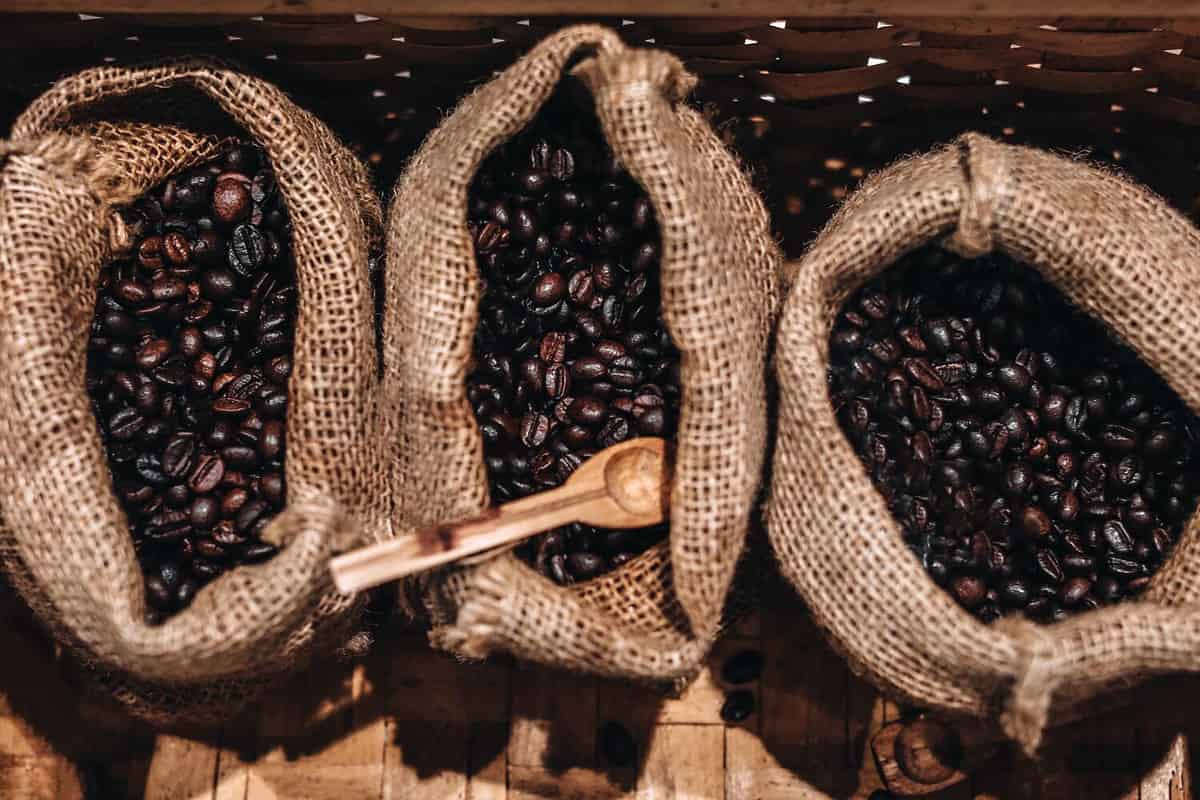
©Xeniia X/Shutterstock.com
Modern-day Arabica coffee is processed predominantly in Brazil, and it is considered the more flavorful of the two major varieties. Robusta, on the other hand, is commonly roasted for instant coffee due to its resistance to pests and other sicknesses. This variety of coffee originated in the Congo region of Africa around the 1870s and spread throughout Belgium and Southeast Asia. Robusta has more caffeine than Arabica plants with a lower acidity level (via World Coffee Beans).
Popular Variations Of Coffee
There are many varieties of coffee plants, and the resulting coffee drinks are unique and wide-ranging. From a classic French press black coffee to a drip variety, or shot of espresso, there are numerous ways to enjoy your morning hit of caffeine. Try a latte, Americano, or Cappuccino with steamed milk. There's a doppio, a double shot of espresso, a cortado with warm steamed milk, or a red-eye coffee with an espresso shot mixed in. Try a Galão, hot coffee with lots of foamed milk, a Lungo, or a long pulled espresso shot, or a chocolatey Mocha with espresso. And that's not even all of them (via Taste of Home)!
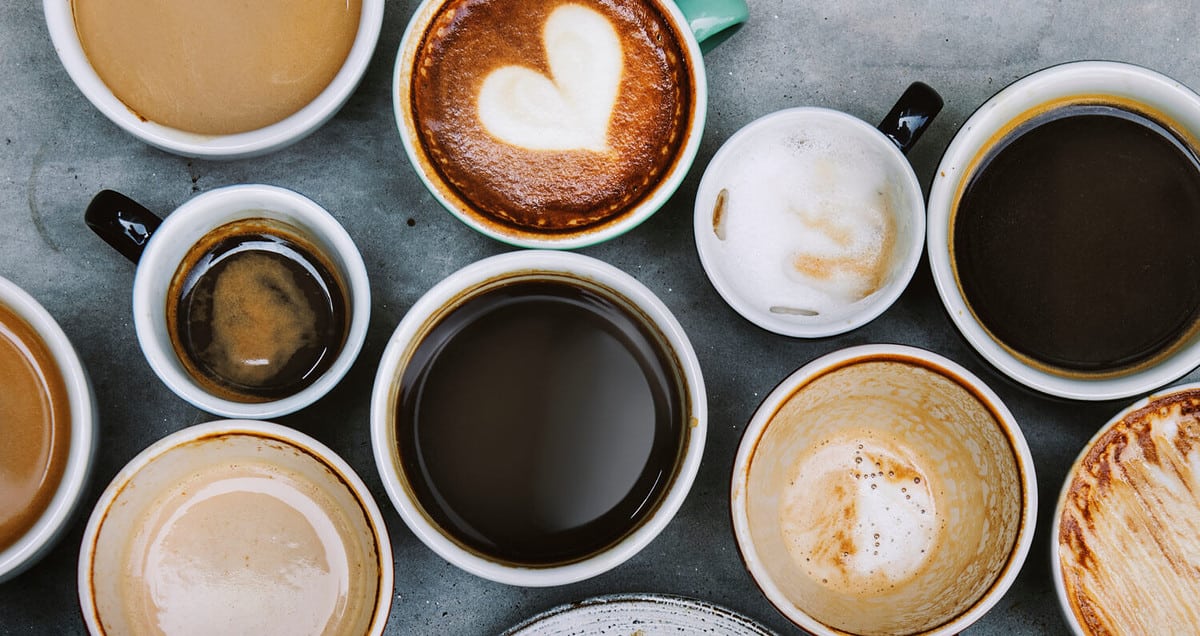
©Rawpixel.com/Shutterstock.com
Nutritional Comparison
Coffee has more caffeine overall than green tea, but let's compare a cup of green tea vs. coffee for other markers like calorie count, protein, and vitamins. As you can see from this handy chart below, green tea actually has a higher calorie and protein count than coffee. It is also higher in valuable essential minerals like iron, and zinc. Again, caffeinated drinks should be consumed in moderation, so just watch your caffeine intake and be reasonable about how much sugar you add to your coffee.
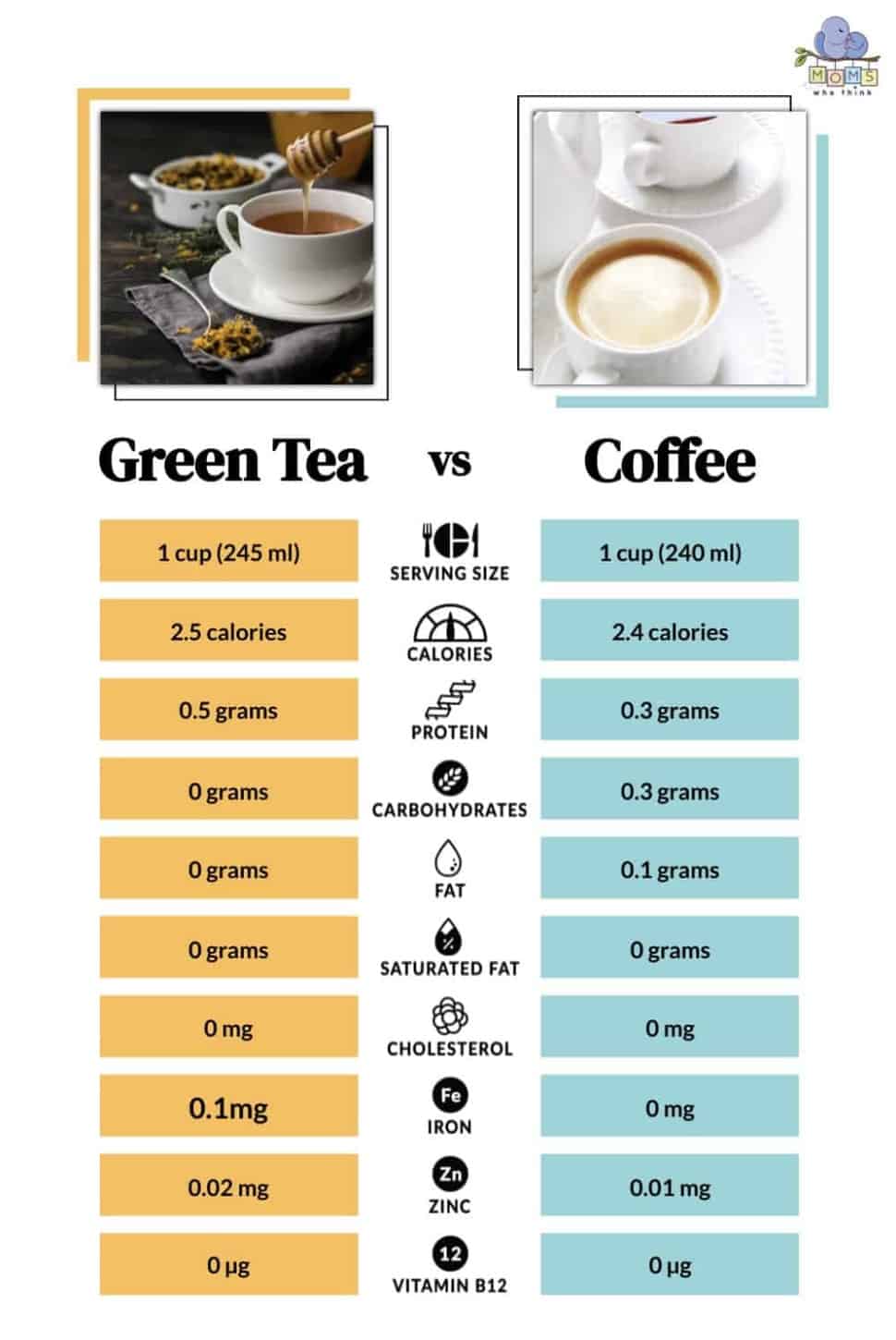
Green Tea vs. Coffee: Are They The Same Thing?
Green tea and coffee are very much not the same thing although both contain caffeine. Coffee has more caffeine than green tea. It is also a different color, has a different taste, and is grown from an entirely different plant. You brew coffee as opposed to steeping green tea. Green tea is harvested from tea leaves whereas coffee comes from the beans (seeds) of coffee cherries from a coffee tree.
The image featured at the top of this post is ©iHumnoi/Shutterstock.com.
